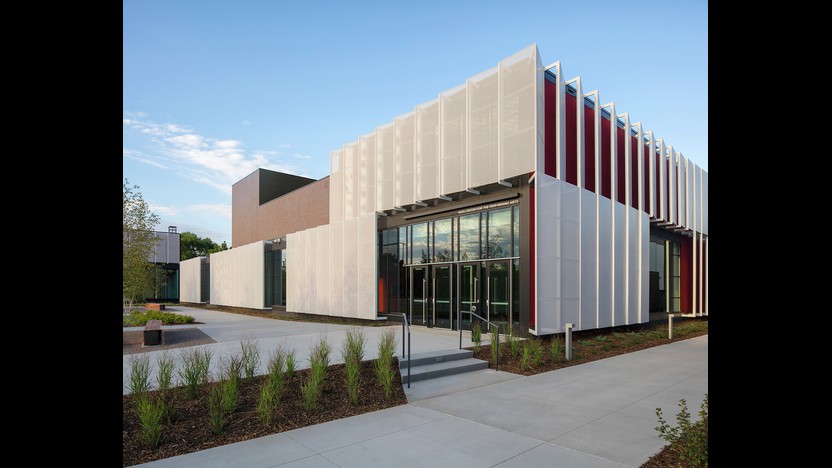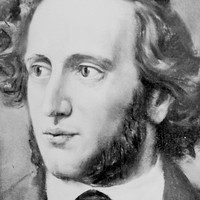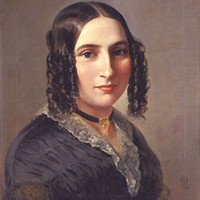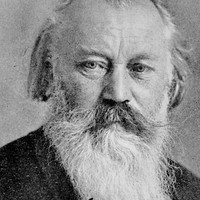Chamber Music Series: Fanny and Felix





In 1890, and again in 1894, Johannes Brahms announced his retirement from composition. Both times, he returned to create more music for one particular performer: clarinetist Richard Mühlfeld, from the court orchestra in Meiningen, Germany. After hearing Mühlfeld play in 1891, Brahms wrote music for the first time in a year, crafting both the Clarinet Trio (Opus 114) and the Clarinet Quintet (Opus 115) during his summer vacation in an Austrian spa town. Mühlfeld premiered both works that winter, joined by the string quartet led by Brahms’ longtime friend Joseph Joachim.
Brahms’ model for the Clarinet Quintet was a work that Mozart composed for the same ensemble of clarinet, two violins, viola and cello in 1789. (As with Brahms, Mozart’s inspiration had been personal: He wrote the quintet and a later concerto for his close friend Anton Stadler.) And like Mozart, Brahms was drawn to the clarinet in what proved to be his final years, prompting many listeners over the years to sense a wistful, autumnal strain of autobiography in these late masterpieces.
There is indeed a bittersweet quality to the Allegro movement that begins the Brahms Clarinet Quintet, much of it generated by the continual pull of the listener’s expectations between major and minor tonalities. The movement begins with sweetness, as the violins twine together in phrases that imply the comforting key of D Major; almost a minute passes before the harmony lands with any real force on the actual home key, B Minor. Those two keys are flip sides of the same coin, sharing all the same scale tones, and the movement continually flips that coin such that we bounce from the hopefulness of the major key to the heaviness of the minor.
The slow movement again treads a delicate emotional line between joy and sadness, leaning on the tone color of muted strings. Instead of a boisterous scherzo, a smooth Andantino third movement clears the air. The finale takes shape as a theme and variations, elaborating a folk-like melody and reinforcing the central dichotomy of minor versus major.
Aaron Grad ©2020
Get driving directions and find nearby parking.
Find dining options close to the venue.
View seating charts to find out where you'll be seating.
SPCO concerts are made possible by audience contributions.
For exclusive discounts, behind-the-scenes info, and more:
Sign up for our email club!
